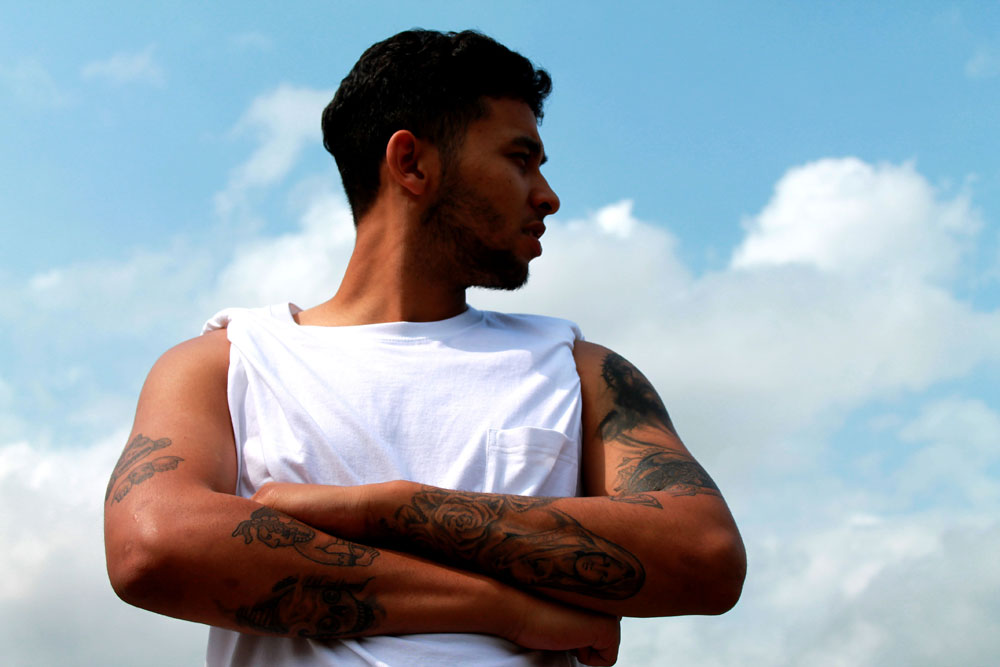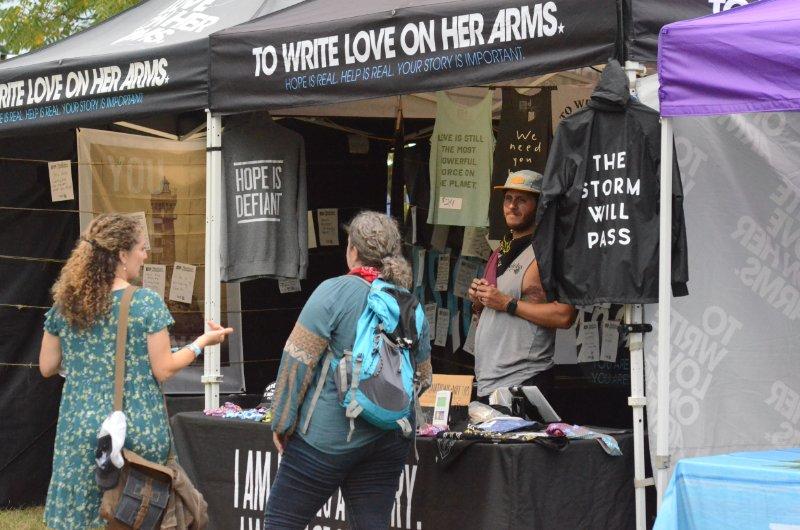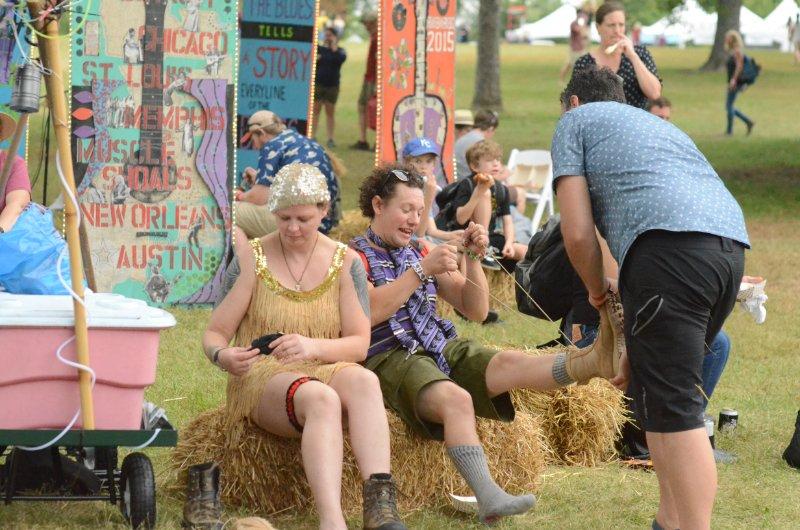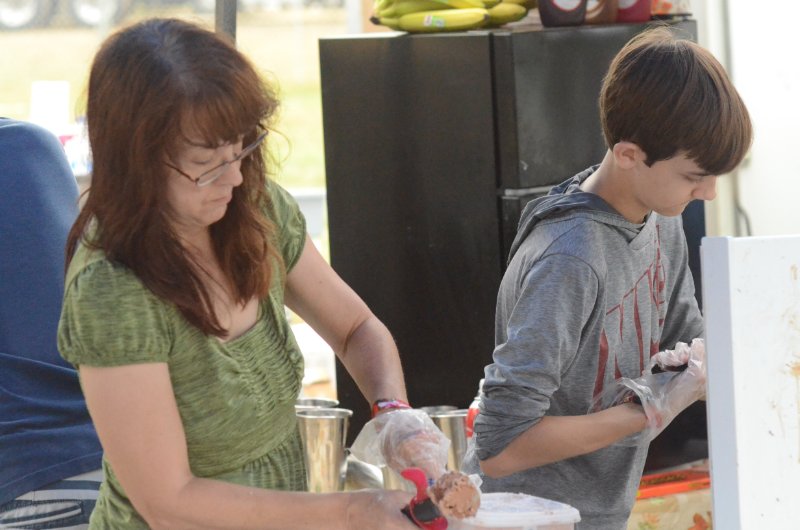
“One of the things that fall into my artwork is the Japanese aspect,” Tapia said. “I really like its history, and it’s not so much that I copy their style but their background.”
His appreciation for the deeper meaning in tattooing influenced him to learn about its origin. He digs into the skin of tattoo history and shows its significance.
“Most of the time when Japanese people got tattooed, they were criminals; so people would know if they were a thief or a murderer and have a tattoo on their hand or head,” Tapia said. “Then that ended up turning into its own art form, the whole bodysuit.”
The thought of permanence has enticed Tapia to pursue art and tattooing. Because this self-expression will stick with the person that bears tattoos for the rest of their life, Tapia said it’s crucial to etch into your surface only what is most important to you.
“What I find interesting about tattooing, which surpasses anything I do here, is just the permanent aspect. You’re about to have something on your skin that you’re going to have for the rest of your life, and that’s definitely one thing I like about it,” Tapia said. “Not only that [but also] there’s just so many different styles, and everyone does it differently. You could see people that almost get a perfect copy of a Reuben or a Michelangelo [painting], but no one can mimic a tattoo exactly how someone else did it. So nothing can really be mimicked, and the thing I do like about that is that it’s been around as long as humans have been adorning their body.”
The tattoos that envelop the inside and outside of Tapia’s arms are of his own design and style. His fascination with the mysterious aspect of tattooing has influenced several of his own.
“I have a skull with a sacrifice pyramid and an Aztec that controls the underworld; it has its minions on its head. It kind of has a weird dark meaning to it. I do like it, even though I tell people I hate it, because it could have been done better. The roses symbolize my parents, my brother and I,” Tapia said. “One says loyalty over royalty, a motto my dad told me that I live by. He said without your word or loyalty, you’re nothing, so I try to practice what he preached.”
The desire to have meaning linked to Tapia’s tattoos brings to the surface dark tattoos contrasted with divine understanding.
“Well, before I got the portrait of my mom, she was going back to school and trying to better her life. I found it really inspiring. My mom is probably one of the strongest people I know. She has a shaky background, and she’s worked hard her entire life. She’s always looked out for me and my little brother,” Tapia said. “It’s an anywhere she goes we go kind of deal, and really, it’s not for everybody, but the way I wanted to show my appreciation was something on my skin that will be on me for the rest of my life.”
Instead of his usual outgoing nature, Tapia uses art as a way to show a different side of himself to others. Beyond his exterior and personal charisma, art is another way for Tapia to present himself.
“It gives me a really good chance to express myself, it doesn’t matter how I’m feeling, it gives me a chance to express how I’m feeling, and put it on paper.”
Tapia’s plans for after high school are undecided, but all include art. Among the choice of several colleges around Columbia, he’s considering Columbia College to learn about history.
“That definitely helps the history background and be able to pick up that [tattoo] piece out,” Tapia said. “You know where it came from, when it was created, who created it, just everything.”
By Luke Wyrick

















































































